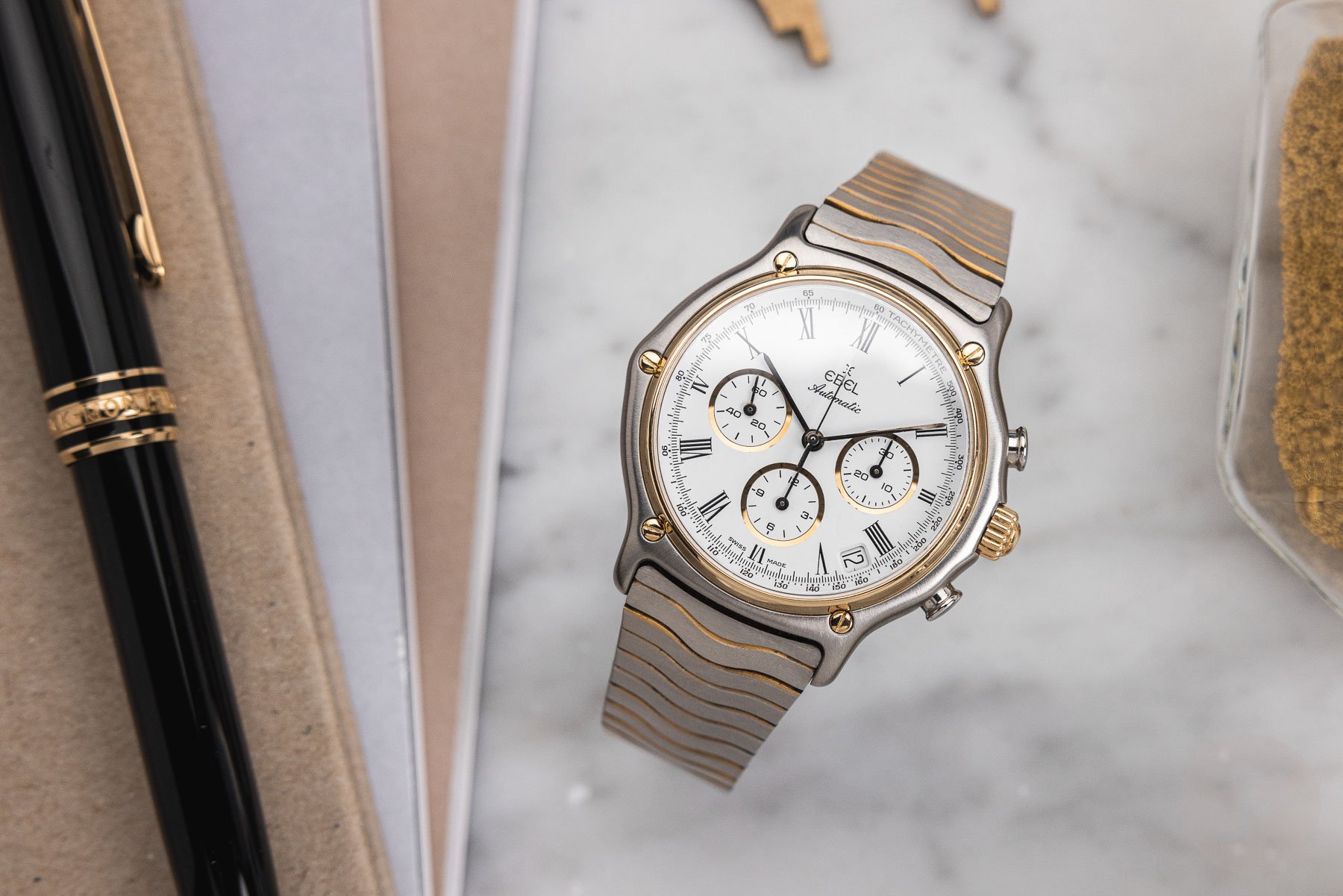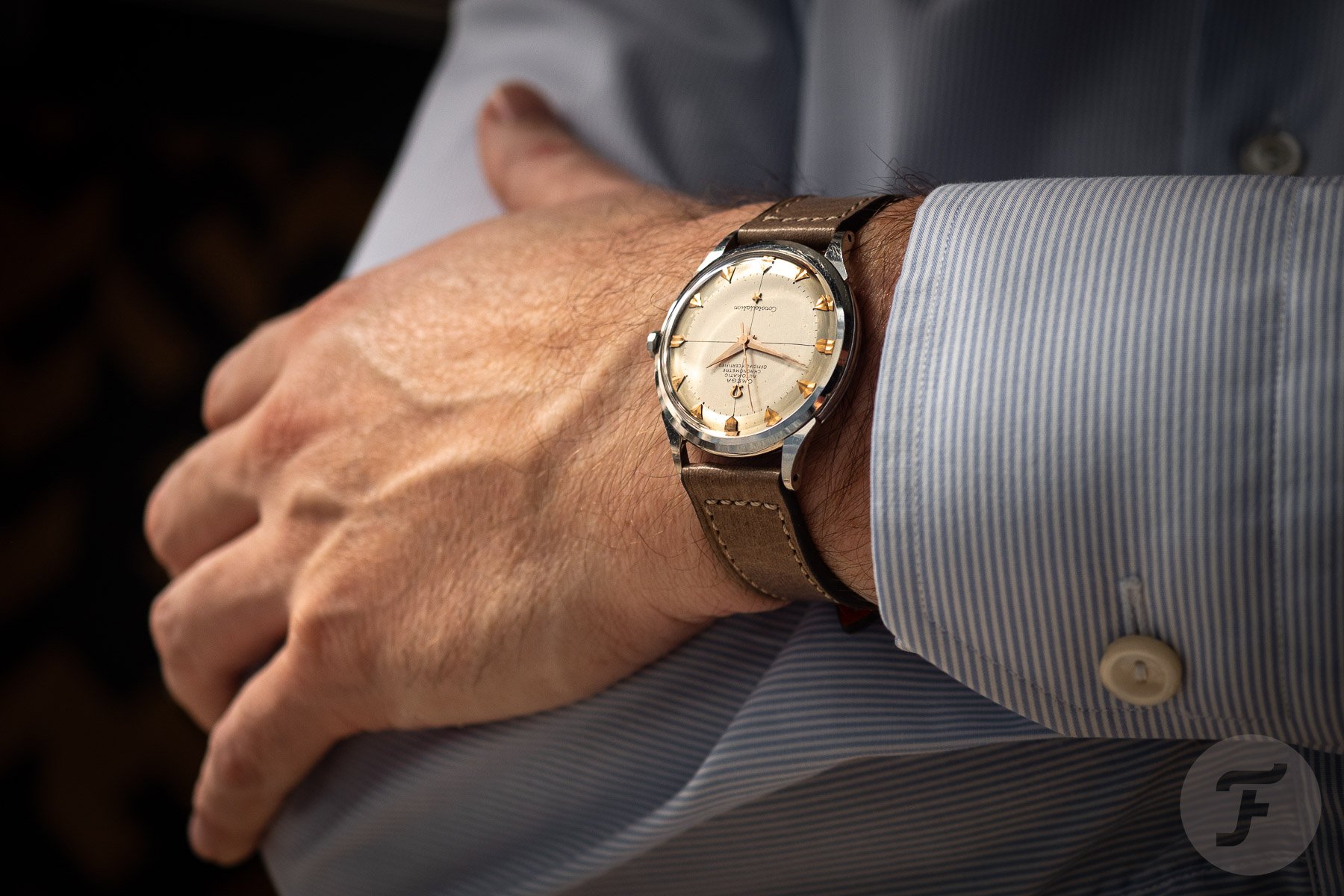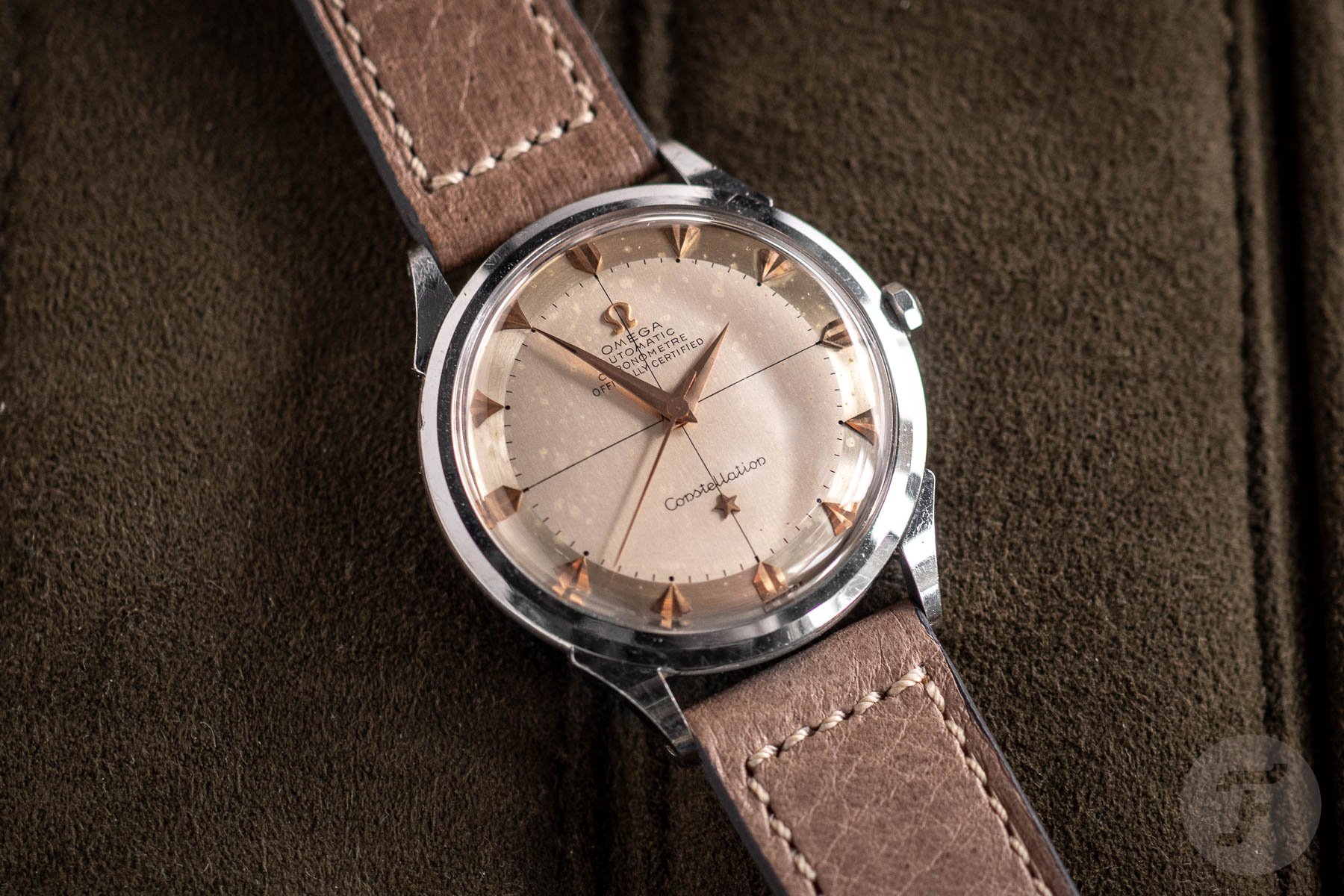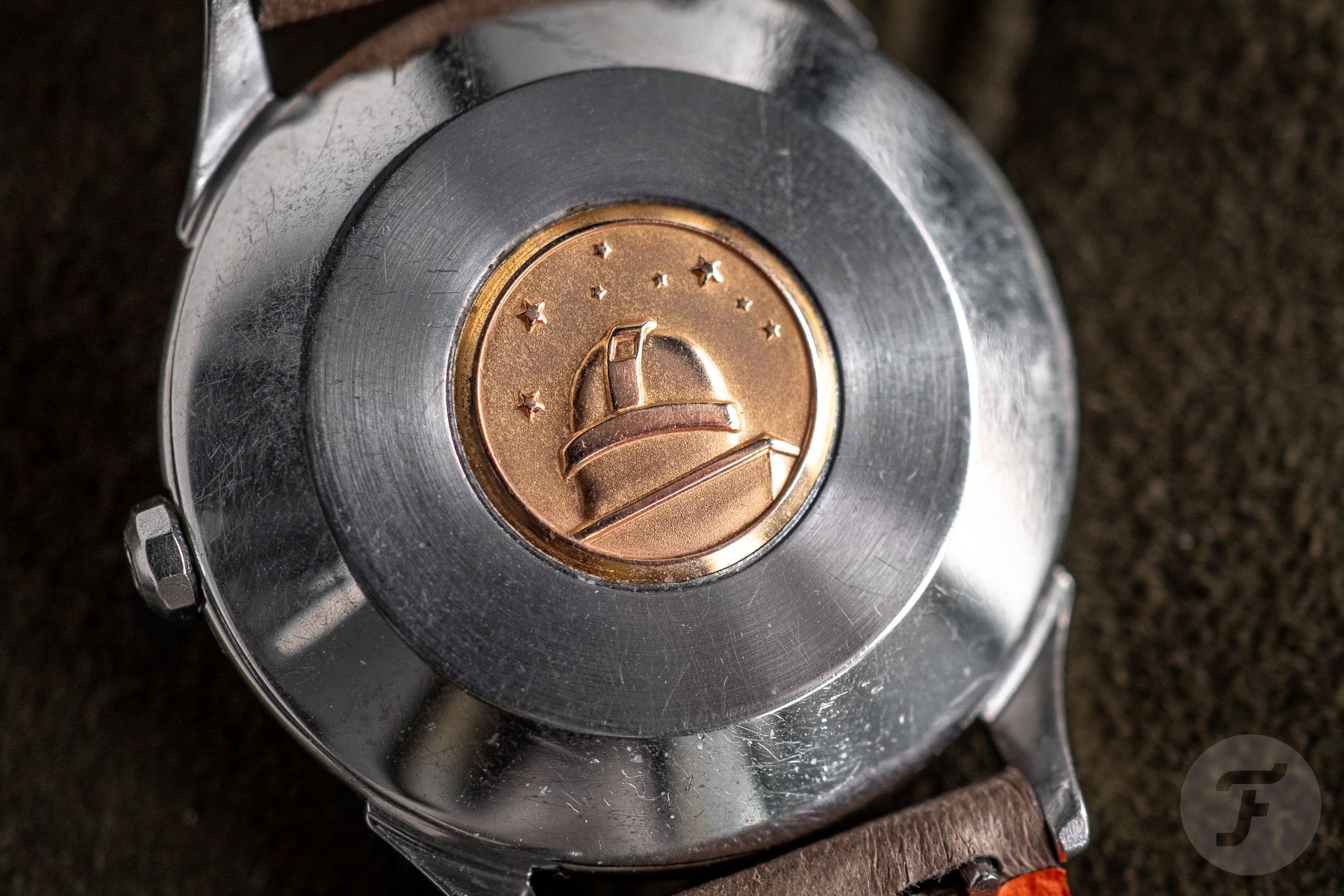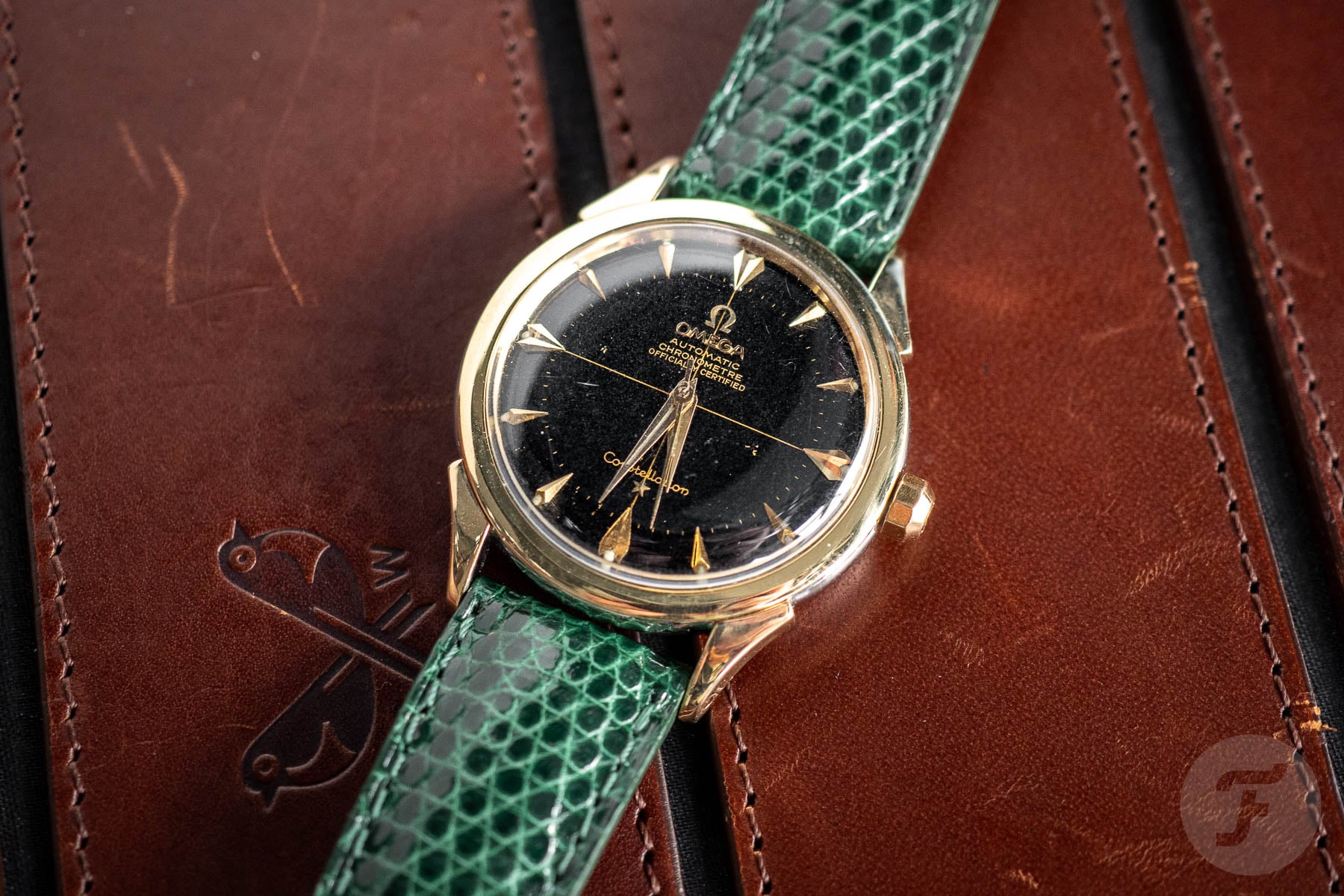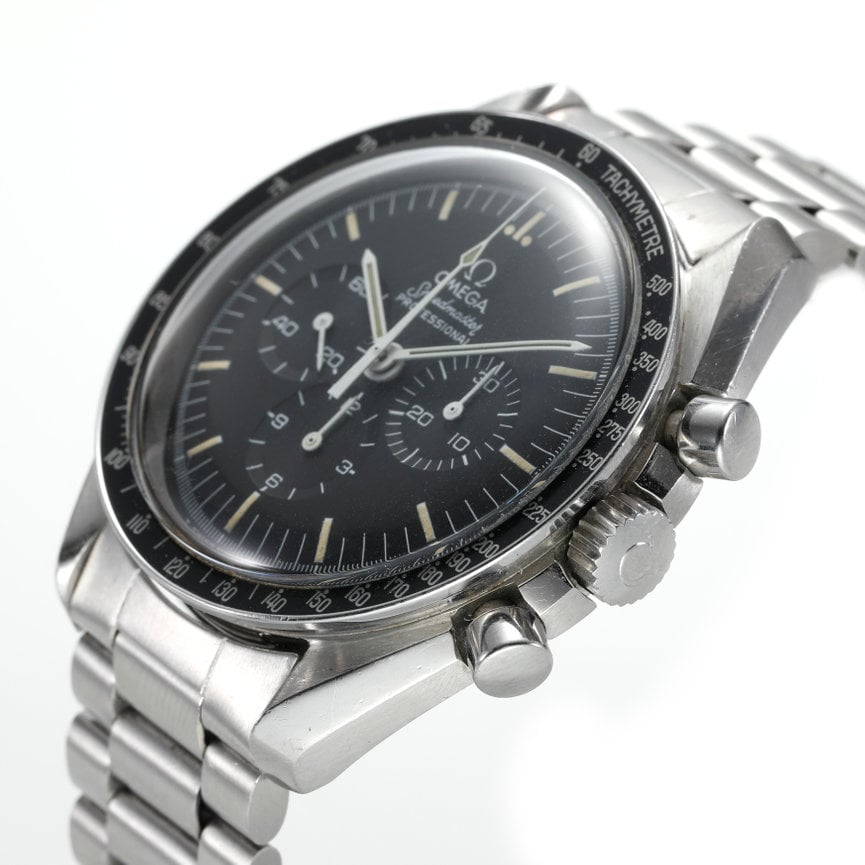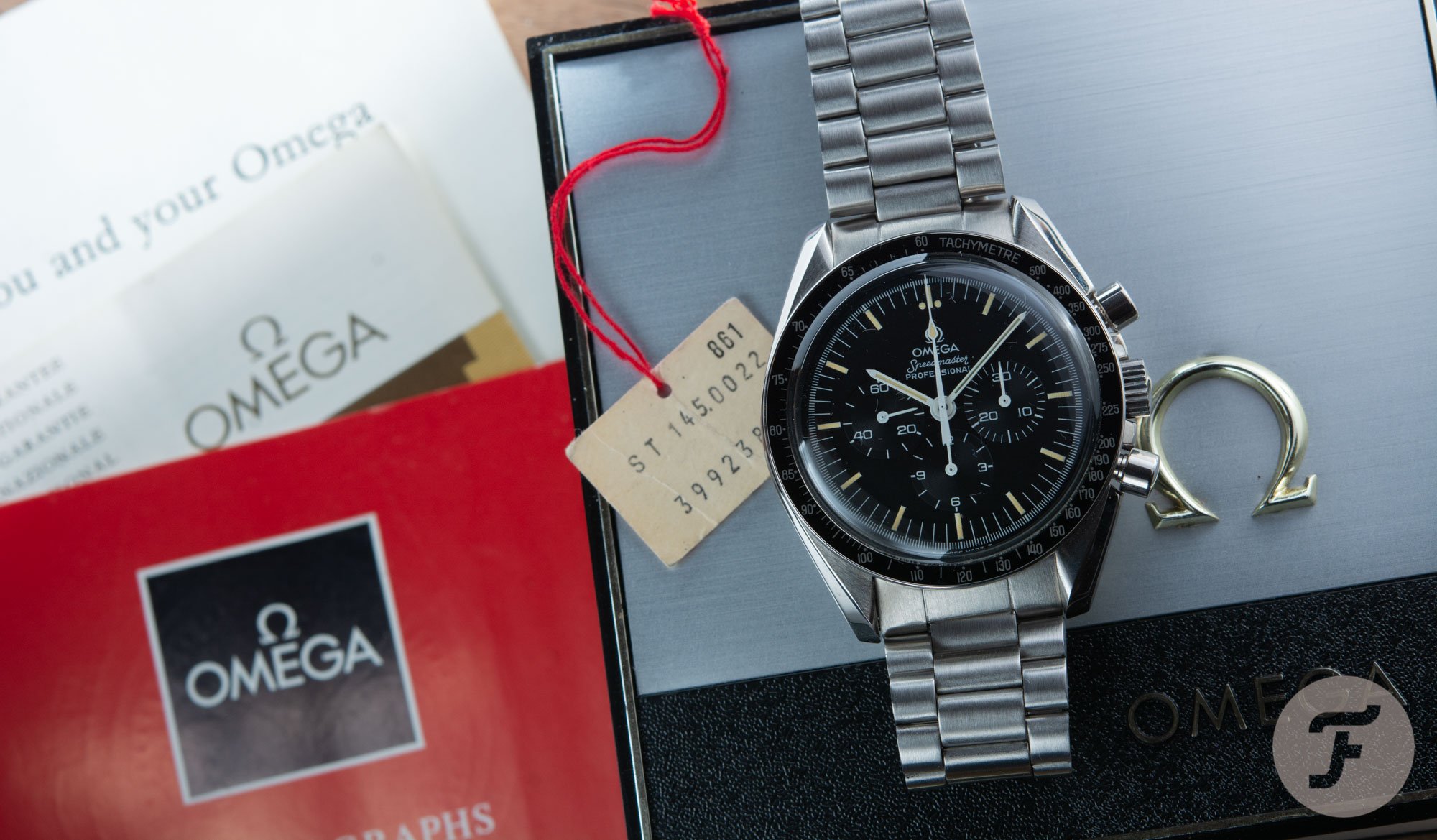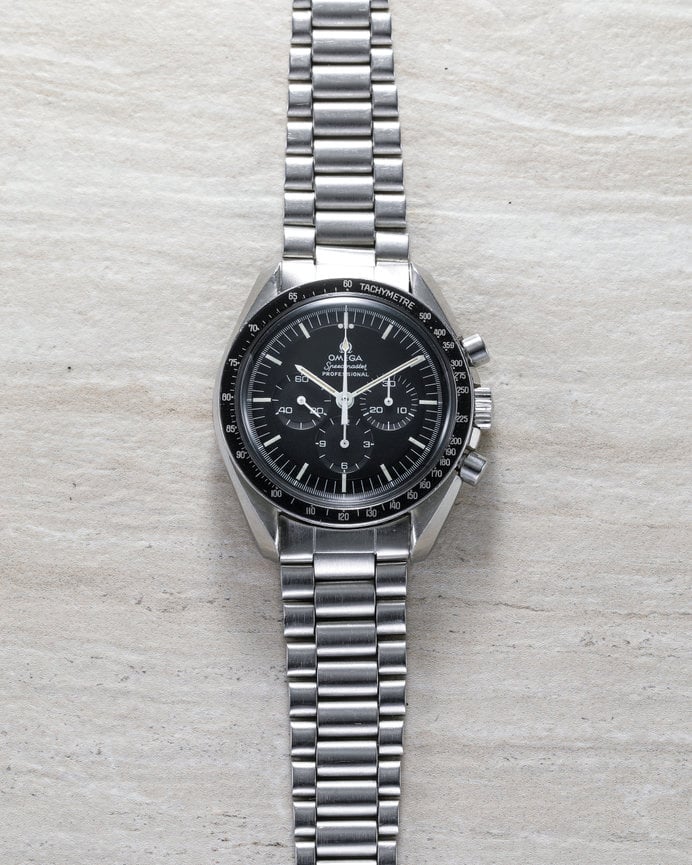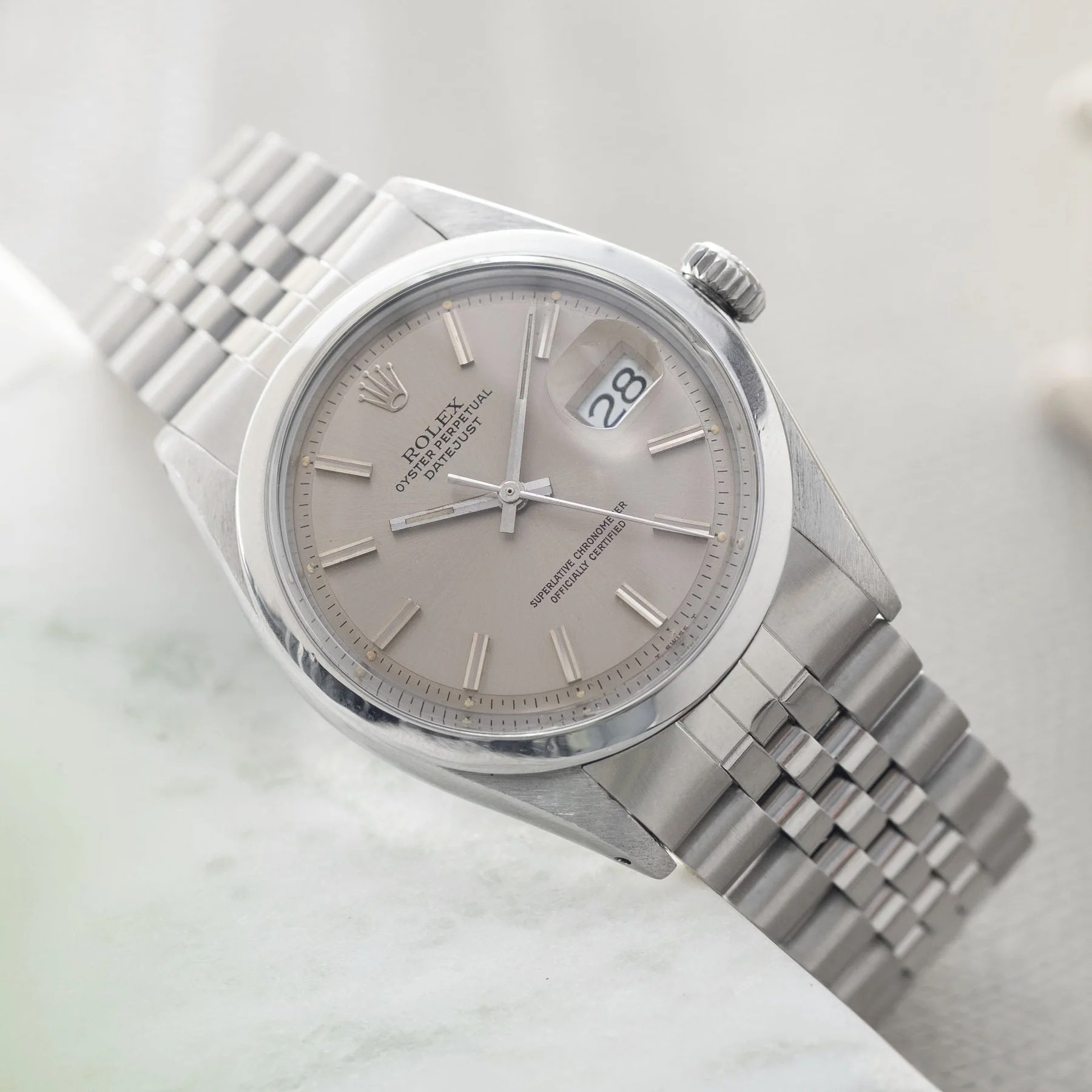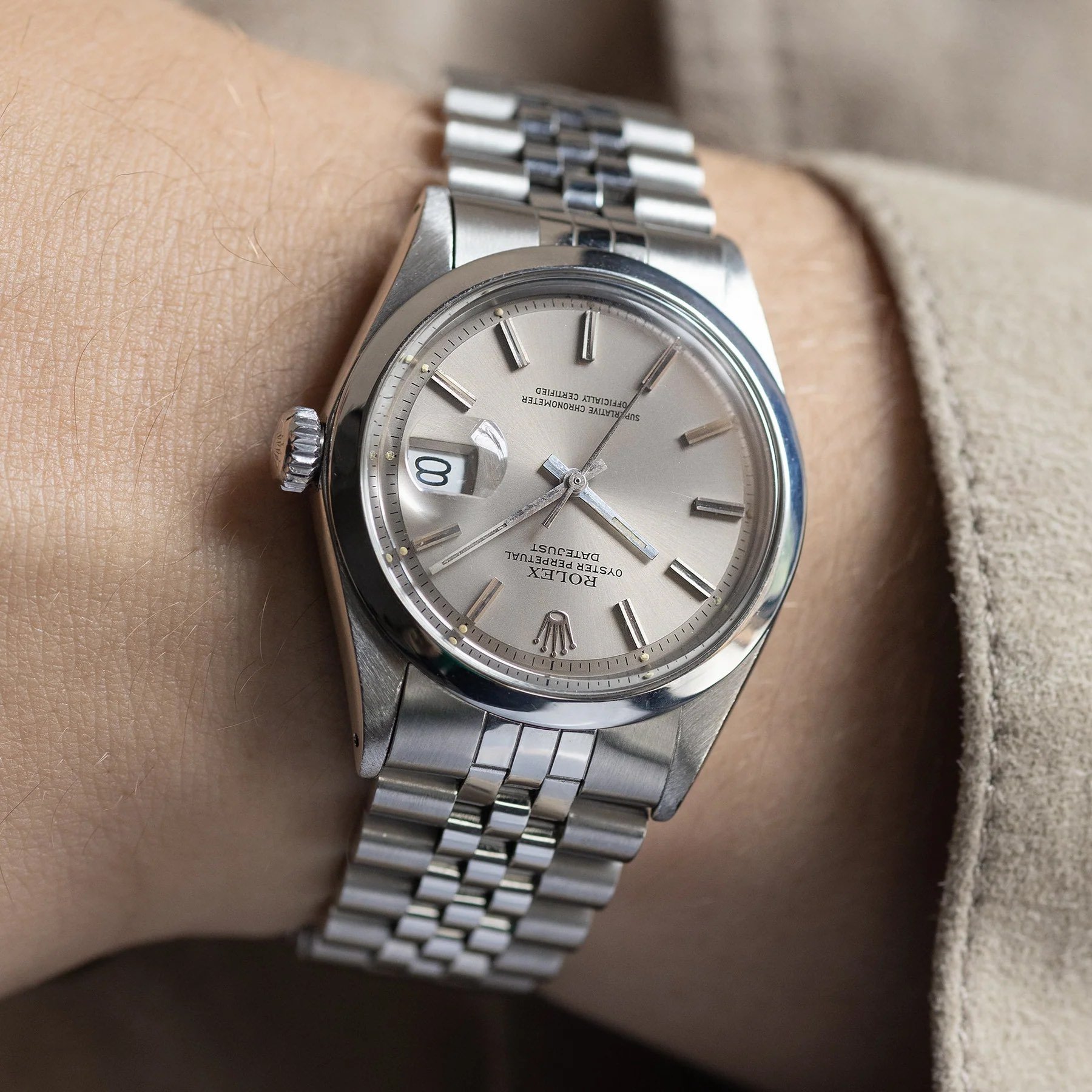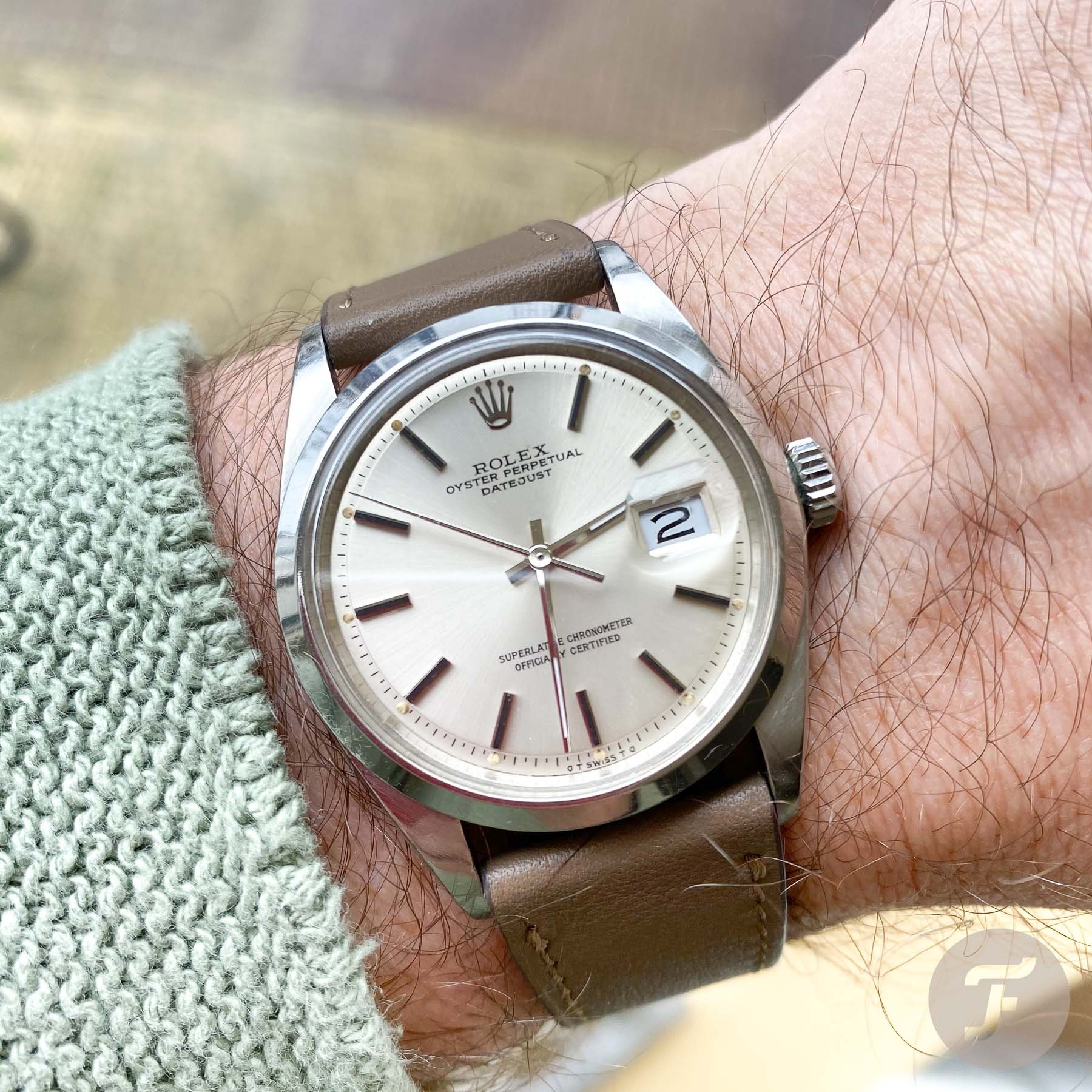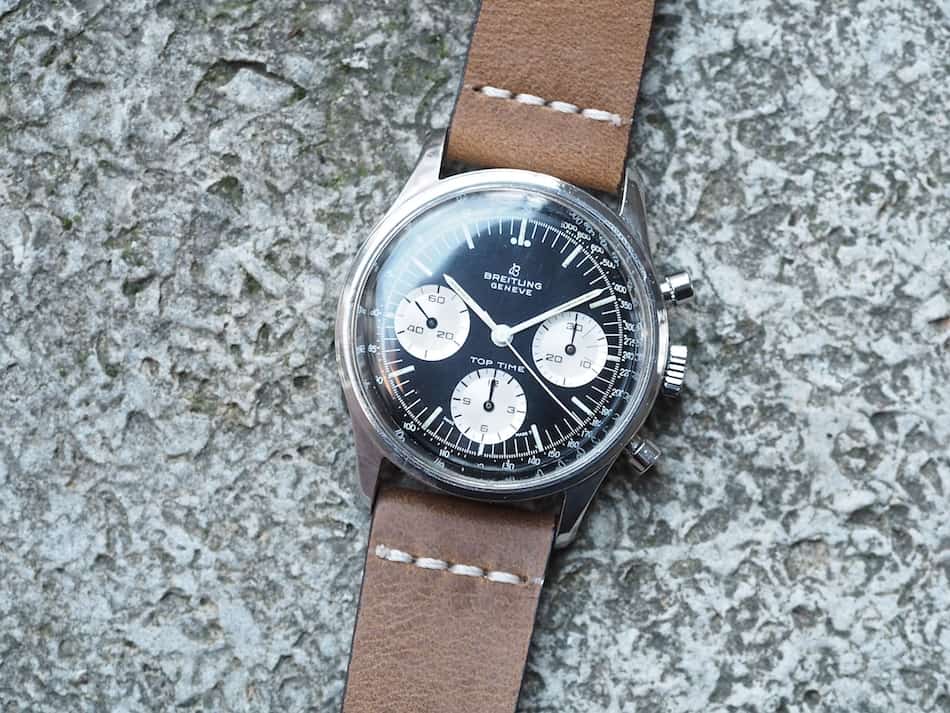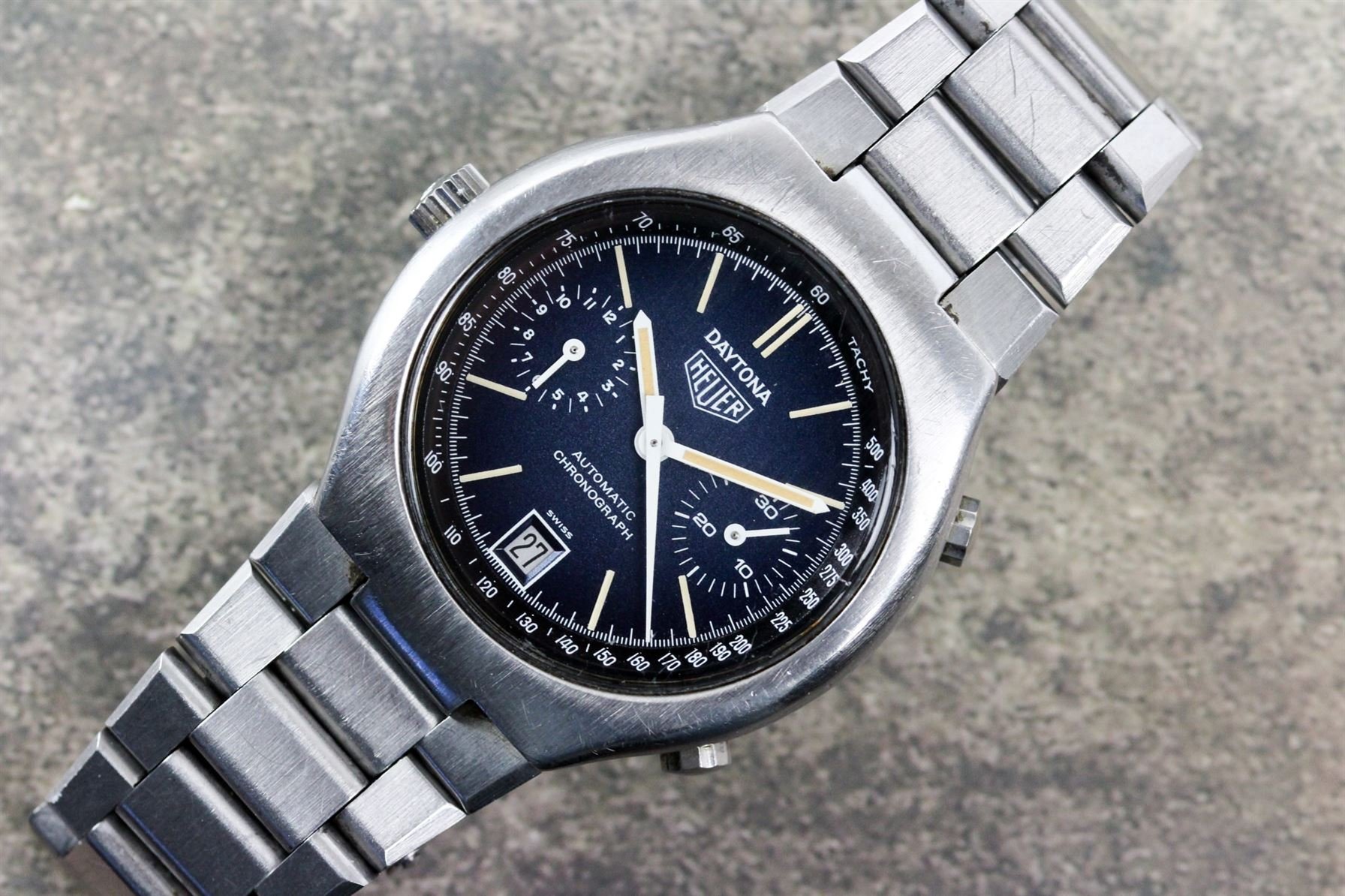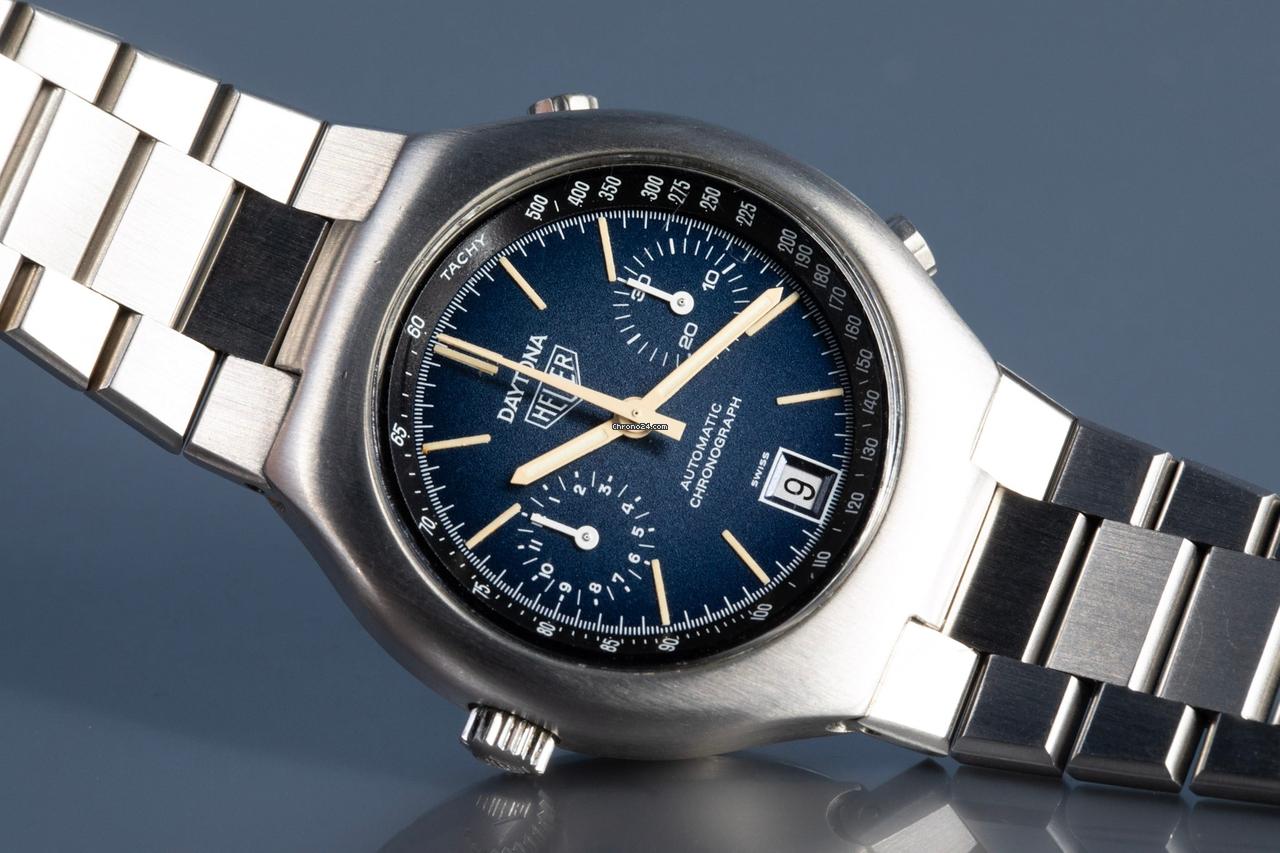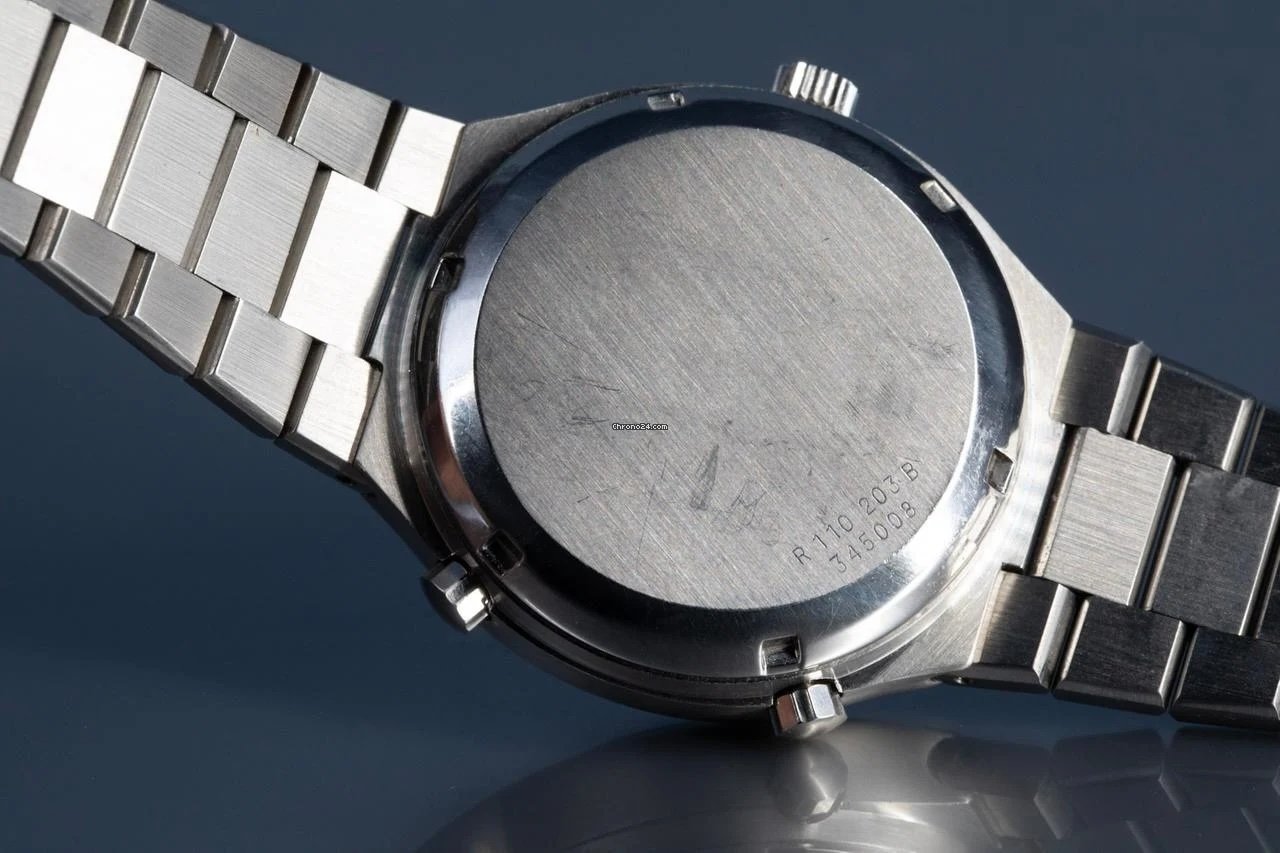Fratello Favorites: The Best Vintage Watches Under €5K — RJ’s Picks From Heuer, Breitling, Omega, and Rolex
Our managing editor, Nacho, asked us to choose our favorite vintage watches under €5K. First, we need to define what “vintage” means. There is no clear universal definition in the watch industry, but the Fondation de la Haute Horlogerie once used 20 years or older as a guideline. To some purists, a vintage needs to be from at least before 1980, and I am sure some would even take it further back.
Vintage watches under €5K
That said, it’s a moving target. Of course, as time progresses, the lower limit of what is considered vintage also moves along. Some of my colleagues included post-2000 watches, sometimes called “neo-vintage,” but I tried to keep my choices pre-1980s.
Enough talking. Let’s continue with the sub-€5,000 vintage watches I picked. As there is so much to choose from, I set some rules for myself. The most important rule is that I want to ensure the watch is serviceable or repairable. This means that the manufacturer of the watch needs to still be around and actively support servicing and repairing vintage watches. Alternatively, enough parts must be available through watchmakers or via the various platforms.
Another rule is that I want to buy the watch in the best possible condition for this amount. If not, I would go for a slightly different reference or version of the watch that might be less in demand but is available in much better condition. With vintage watches, the boxes and papers are nice to have, but here, the condition of the watch prevails.
Omega Constellation 2648, 2652, or 2852
The Omega Constellation was the watch that got me into watches in the first place. I now have a modest collection of about a dozen Constellations, from the first reference (2648) to more modern pieces. With the €5,000 budget available, I would go for an early Constellation from the 1950s with caliber 352RG or 354. You will find them with a convex-shaped dial as well as the famous pie-pan dials. Omega produced and sold so many of these that you can pick the one you want within the set budget.
The Constellation was the successor of the lesser-known Centenary models. The Centenary was Omega’s commemorative watch for its 100th anniversary in 1948. In 1952, Omega introduced the Constellation. Like the Centenary, the Constellation was a chronometer wristwatch produced in higher quantities. And, as the certificates indicated, the Constellation was a chronometer with particularly good results.
It was available in steel, gold and steel, full gold, and, later, even in platinum. In 1954, Omega introduced the Grand Luxe (e.g. reference 14355). The Constellation Grand Luxe had a gold bracelet, a gold dial, and a hand-engraved observatory on the case back. These models were delivered in a sterling silver watch box. I am afraid you won’t find a Constellation Grand Luxe under €5,000, but a gold Constellation should be possible. However, for our budget, I would go for an early steel Constellation in fantastic condition.
If you are not a fan of bumper movements, Omega introduced the full-rotor calibers in 1955. For the Constellation, these became available in 1956 in references 2852 and 2853, for example.
When looking for one, be aware of restored (reprinted) dials, incorrect crowns, and corroded movements. This applies to all vintage watches, of course.
Omega Speedmaster Professional 145.022
This list wouldn’t be complete without including at least one Speedmaster. The watch and reference do not need any introduction, I assume. In case it does, click here.
The 145.022 was in production for an incredibly long time (1968–1988), and later on, Omega continued to use the reference number to indicate the case model. Hence, you will find it engraved on the inside of the case backs of Speedmasters produced after 1988. This budget might not get you the coveted transitional 145.022-68 or the models with straight writing on the case back, but there are still some beautiful examples of the 145.022 out there. The best 145.022 I have in my collection is one from my year of birth (1977), making it a 145.022-76. It doesn’t have a step dial, for example, but it’s in beautiful condition. All Speedmaster Professional ref. 145.022 watches have the Omega caliber 861 inside, and this was also the one that NASA qualified for the Space Shuttle program in the 1980s.
Some later 145.022 models have a lovely yellowish patina on the dial and hands. In addition, some 145.022 dials turned tropical, but often, the asking prices for these are also “tropical.”
Rolex Datejust 1600
Thomas and Jorg had the Rolex Datejust in their lists of vintage favorites under €5K, and I can’t disagree. I am wearing my vintage Datejust as I write this article. Mine was a gift from my mother in 2003 when I graduated from university. It’s such an easy-going watch. It wears incredibly comfortably and keeps excellent time (mine runs at +2 seconds a day with a balance amplitude of nearly 300 degrees, and I can’t even recall when it was serviced for the last time). Mine received a later bracelet (the 1980s) at some point during a service probably, but in this case, as it was a gift out of love, I don’t care much about the period-correctness of parts.
Whereas my colleagues picked the 1601, I opted for the 1600. This Datejust reference came with a smooth steel bezel (the 1601 has a fluted white gold bezel, and the 1603 has an engine-turned steel bezel). I always believed that it originally was only available on an Oyster bracelet, but I think I had that wrong and that Rolex also offered it on a Jubilee bracelet.
As I can tell you from experience, Rolex’s caliber 1570 is rock solid. Only in 1977 did the Datejust receive an updated movement (caliber 3035) with the 16000 series. I also consider those five-digit models vintage ones. However, besides the movement change, the pie-pan dial made way for a flat one. For some of you, the advantage of those dials might be that the watch appears to be a bit larger than the 1600 series.
Breitling Top Time 810
Whenever I’m in the Fratello office, I sit next to someone (Nacho) eyeballing a Navitimer 806. And I do love that watch! I used to have a Navitimer in the early 2000s, but at some point, I had to free up a slot in my watch box for something else. When I bought my Navitimer (although I vaguely remember it was part of a trade), the seller told me that his eyes were too old to read the dial. Roughly 20 years later, at age 47, I must admit I suffer from the same condition.
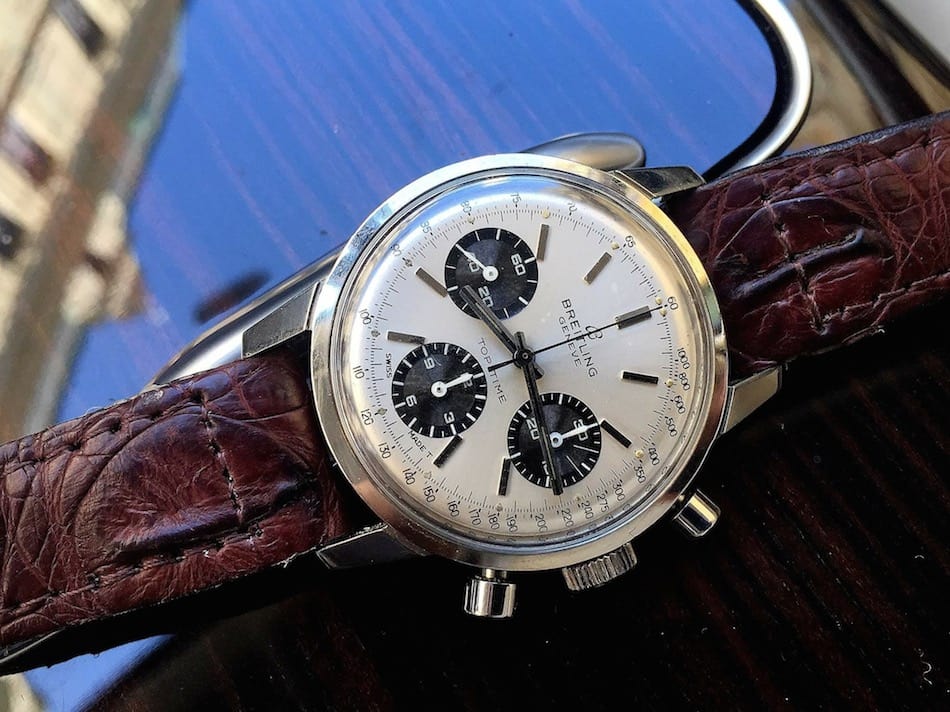
Image: Fred Mandelbaum (@watchfred)
When Fred Mandelbaum, Breitling’s heritage guru, visited our Fratello office, he brought a bunch of vintage Breitling watches, including a Top Time. The Breitling Top Time doesn’t suffer from a cluttered dial. On the contrary, it has a very clean and readable dial, and I developed a soft spot for the panda version. Inside is a hand-wound Venus 178 chronograph movement, the same caliber Breitling used for the Navitimer 806 and other models.
This 38mm diameter watch will hit a sweet spot for many chronograph enthusiasts today, and it is available within the €5,000 budget.
Heuer Daytona
A long time ago, when visiting watch trade shows in Germany, I bumped into a Heuer watch I had never seen. It was there for just a few hundred bucks and housed a beautiful brownish dial. It had this typical “space-age” case and bracelet with a caliber 12 inside. This means the crown is on the left side, and the chronograph pushers are on the other side of the 39mm case.
Heuer introduced the Daytona chronograph in 1976, and it was only in production for three years. In 1975, CEO Jack Heuer released the electronic Chronosplit, which inspired the design of the 1976 Daytona. The Daytona, named after one of the famous racing venues in Florida, was also the last Heuer to use the legendary caliber 12 chronograph movement.
With only two dial options (blue and black, both with a smoke effect), there was not much to choose from. I don’t know why Heuer used Daytona as a name and never ran into issues with Rolex. Perhaps there were legal problems, but I could not find anything about them. The reference numbers to look for are 110.203F for the black dial and 110.203B for the blue dial. You should be able to buy one in great condition within our €5K budget, like this one.
What is your favorite vintage watch?
As I wrote earlier, there are so many watches to choose from within a budget of €5,000. If I were to let my rules of thumb slide, there would be even more! But I like to make sure my watches are serviceable or repairable for years to come. What are your favorite vintage watches, and perhaps more importantly, what are the rules you set for yourself when buying vintage (aside from “buy the seller”)? Let me know in the comments below.

